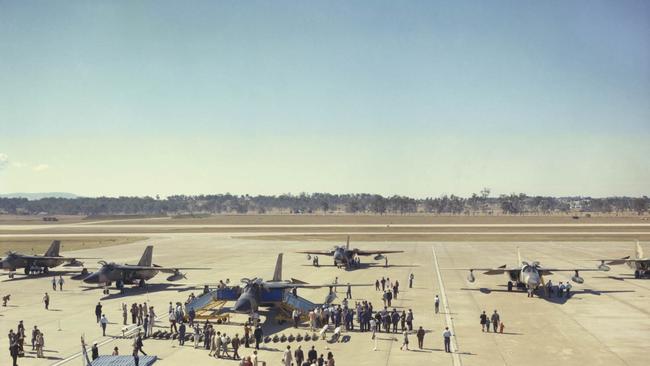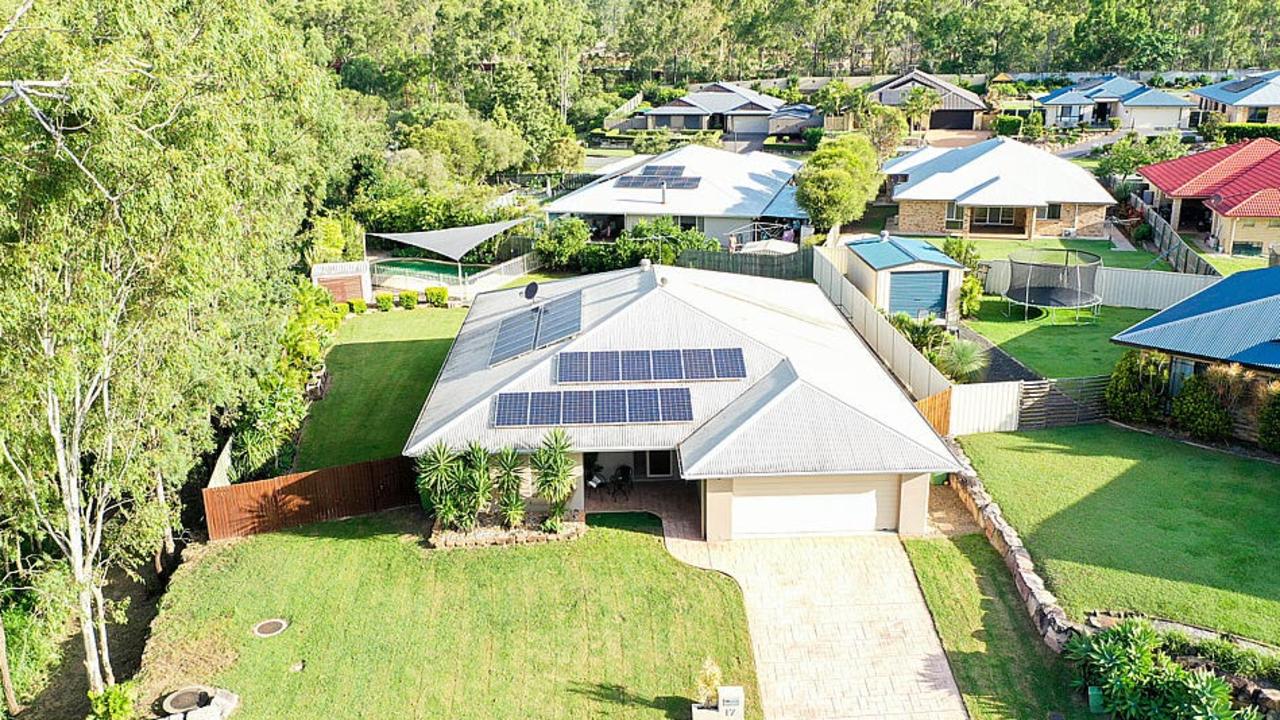The history of RAAF Base Amberley as it marks 80 years
Construction on what is now the largest air base in the southern hemisphere started in 1939 and it officially opened on June 17, 1940.

Ipswich
Don't miss out on the headlines from Ipswich. Followed categories will be added to My News.
CELEBRATING 80 years this week, RAAF Base Amberley stands as one of the most important institutions in Ipswich and an integral part of Australia's defence history.
Construction on what is now the largest air base in the southern hemisphere started in 1939 and it officially opened on June 17, 1940.
Now 80 years on, it accommodates about 6000 military personnel, public servants and defence aviation contractors.
Air base operations began in June 1940 with the first aircraft at station headquarters being the Moth Minor No. A21-26, followed shortly by four CAC Wirraways.
By the end of 1940 there were 54 aircraft based there and over the next two years it was transformed into a centre of excellence for the assembly, maintenance and salvage of aircraft, which was the primary focus of the base during World War II.
In the following years, Amberley became part of a 'quiet revolution' with RAAF leading the way in introducing women to the defence workforce.
In 1948, a Lincoln A73-11 aircraft crashed in the northeast corner of the airfield, bursting into flames on impact and killing all 16 service personnel on board.
Three years later, the first bomber in RAAF service to be fitted with ejection seats, the GAF Canberra Mk 20, arrived at the base.
It was later converted for target-towing and photo reconnaissance roles until 1982.
The first six F-111C aircraft arrived in 1973.
This was followed a few months later with the formation of No.12 Squadron comprising CH-47 Chinook helicopters.
The transfer of the battlefield helicopters from the RAAF to the army in 1989 provided the opportunity for further expansion of aircraft capability on the base and three years later, 10 Caribou aircraft were relocated to Amberley.
In 2000, redevelopment works began with the relocation of Combat Support Group from Glenbrook and new headquarters for No. 82 Wing, while the base also hosted several operational combat support units and security and fire training capabilities.
Development of the "super base" continued over the subsequent years with accommodation, airfield upgrades, a gym, military working dog facilities, security and fire training and the headquarters building.
In 2010, after 37 years of service, the F-111 was retired, with two remaining on display - one at the main entrance to the base and the other at the RAAF Amberley Aviation Heritage Centre.
Throughout its years, the base has hosted elements of the Australian Army.
From 1960 to 1973, it was home to Army Aviation and since 2006 has supported a variety of army units.
Amberley now hosts a range of air force, Army and joint capabilities and is a fully operational platform for the conduct of joint operations.
The QT will run a special feature on the history of the base in its final week of publication next week.


